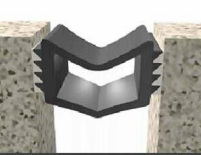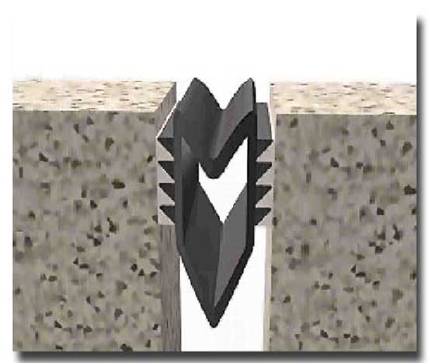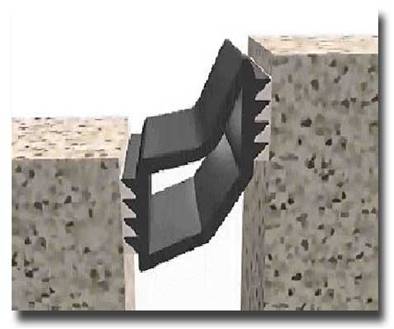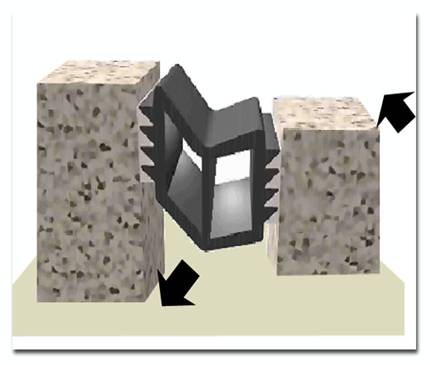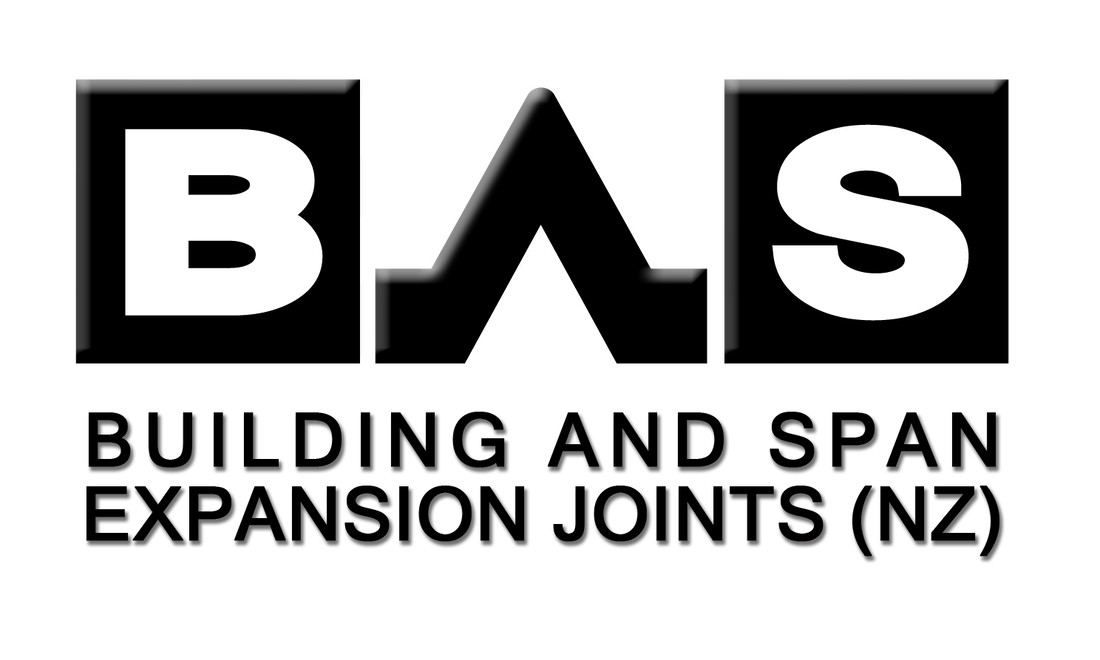When to use an Expansion Joint?
Expansion joints are devices that are used to allow for the heat-induced expansion and reduction that takes place in various states of weather. Expansion joints are usually placed at strategic points in the construction, making it possible for the sections to expand and contract slightly without weakening the overall structure.
The requirement to use seismic or expansion joints is an engineering decision.
This decision is taken after considering factor such as:
The requirement to use seismic or expansion joints is an engineering decision.
This decision is taken after considering factor such as:
- Normal thermal cycling
- Concrete shrinkage
- Elastic shortening
- Lateral shear
- Vertical displacement
- Seismic movement
By way of guidance the National Roofing Contractors Association (NRCA, 2011) gives the following recommendations for the location of roof expansion joints:
- Where steel framing, structural steel or decking change direction.
- Where separate wings of L, U, and T shaped buildings or similar configurations exist.
- Where the type of decking changes; for example, where a precast concrete deck and a steel deck abut.
- Where additions are connected to existing buildings.
- At junctions where interior heating conditions change, such as a heated office abutting an unheated warehouse, canopies, etc.
- Where movement between walls and the roof deck may occur.
Each expansion joint job is unique so please contact us on 0800 SPAN-IT for system assistance

